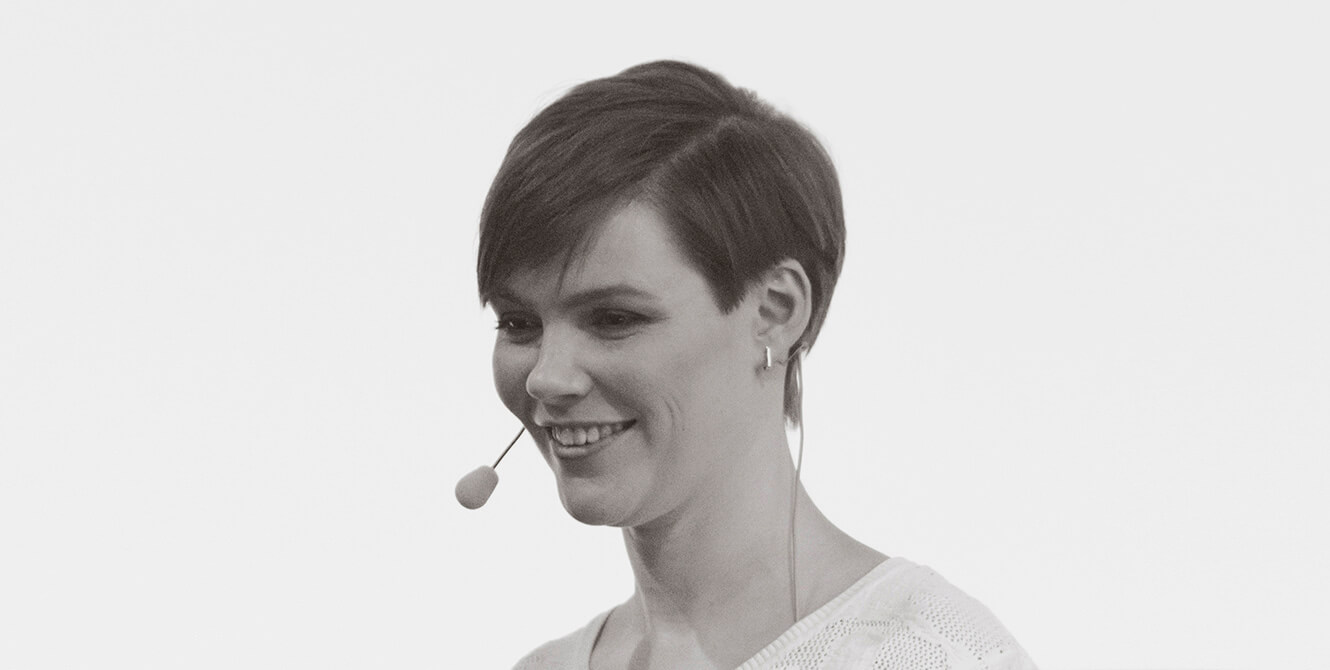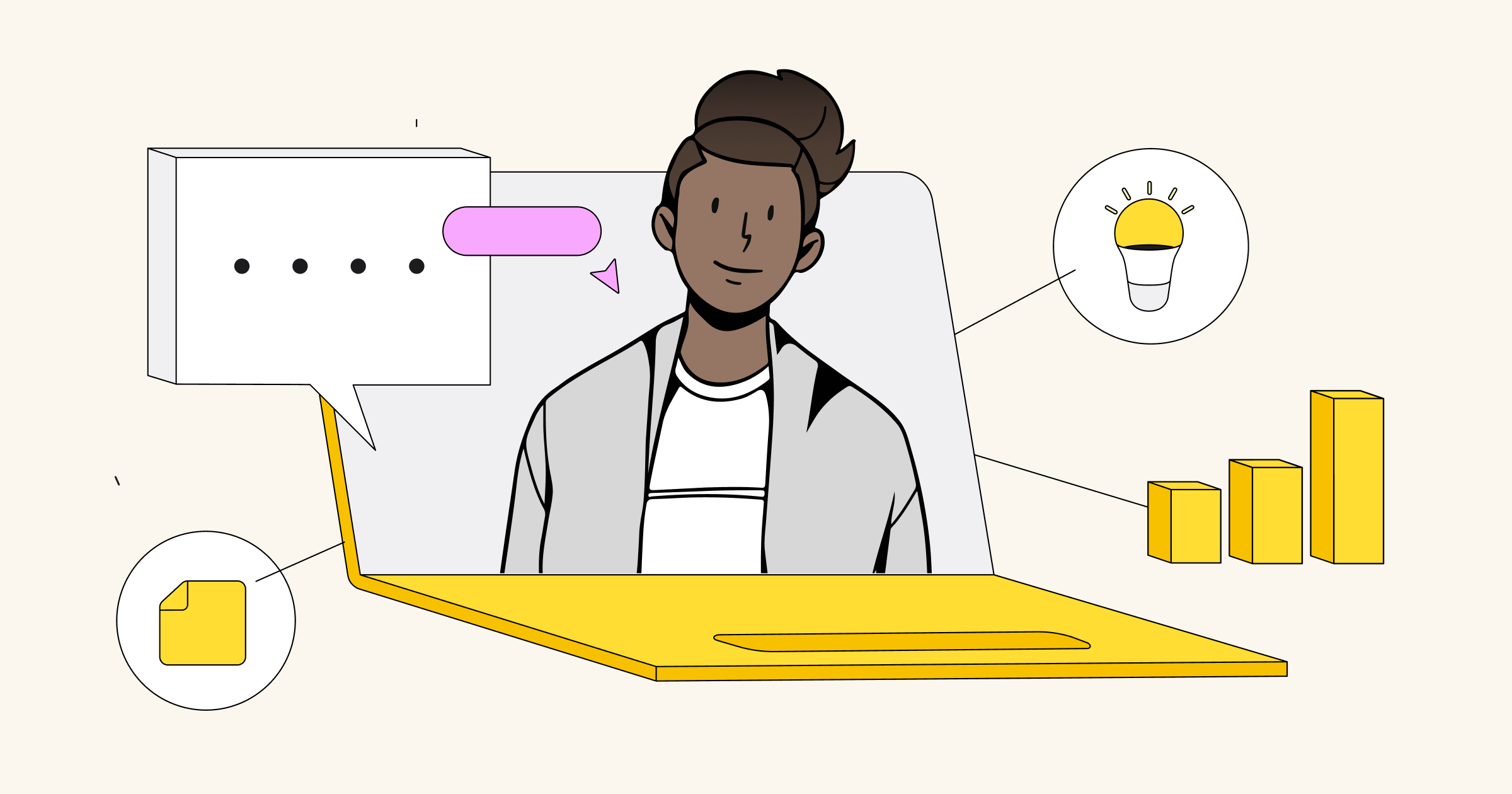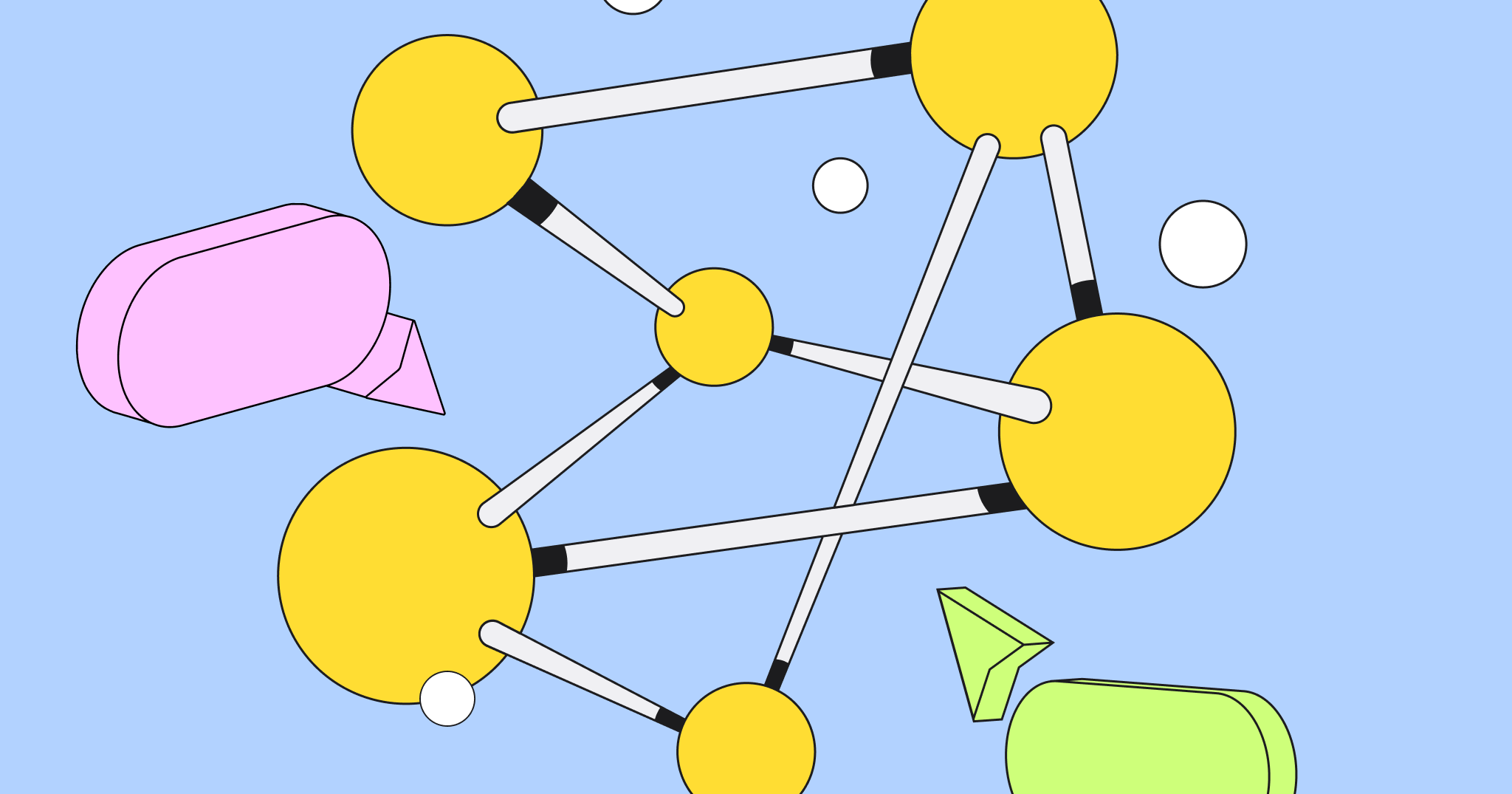Are you going to create a distributed UX team? Or are you leading this kind of team already? We prepared a recap of the UI Breakfast podcast for you. You can find the tastiest pieces on collaboration in distributed UX teams, facilitation and real practices from Brent Heckerman.

Brent is a Miro Customer Success Manager, design leader and consultant with over 20 years of multi-industry design experience; a past User Experience Leader at Nielsen, he built and managed a global design team and a UX education center. Brent is also a Design League Coach at Interaction Design Foundation. Outside of work, you might find Brent fly fishing in the mountains with his two sons.
UI Breakfast podcast is led by Jane Portman. Jane is an independent UI/UX consultant based in Russia. She’s an active conference speaker, podcaster, and author of three books on UI/UX design, including The UI Audit. Jane’s currently focused on growing her SaaS product called Tiny Reminder.

Building a UX Design team
Read the transcript or listen to selected quotes from Brent Heckerman’s interview to Jane Portman, host of UI Breakfast podcast.
Jane: Let’s talk about actual teams. Let’s go from the top level. Let’s say that there’s a startup who just got funded, they have resources to hire a pretty large team, and they decide to make it remote. Let’s say they have the resources and have just hired ten designers. How would you approach this, from your expert standpoint? How would you start organizing such a team, if it’s brand new?
Brent:
- “…I think there’s this whole question of how to make lean practices work for startups, and you can throw a rock and hit an expert on that. There are lots of people out there who have done this, written books about it, presented at conferences and done it in their own careers.”
- “…the learning there is that a lot of those teams that are startups do prefer to have co-location. That is the thing that makes them feel like they can all have the same vocabulary. They all share the same goals. If you look at the Silicon Valley startup culture, people that work for those startup companies tend to be within striking distance. They can get into the office fast. They really require that kind of tactical vibrancy, just to be in a space to go there and really produce something and solve problems together. I think that’s kind of in the DNA of what a startup is for a Silicon Valley type of engagement.”
- “You have to start with trust. The team has to come together and learn how each other operates, start breathing the same oxygen. I would say get the team together, kick them off together, make them feel like they are developing some trust together. Because you know they’re going to go off into their separate geographies or time zones, or even floors of a building, whatever it is that they’re separated by, and they’re going to start to be less of a team.”
“You can be successful with distributed teams, whether they’re large enterprise teams or even a small startup. You just have to ensure that the ground rules are in place.
Listen to this part of the conversation.
Jane: From a structural point of view, you’ve lead multiple design teams throughout your career. Could you give some insights into what kind of roles people have there? How you structurally divide that? Maybe you think that the perfect way of doing things is splitting them up into little groups of two or three people. Or maybe larger divisions or something like that. What is the best way of doing things from your standpoint?
Brent:
- “I think it depends on the company’s culture. So, you might have cultures where teams of 20 are the norm, and you’re not going to get anywhere trying to change that dynamic.”
- “Depending on the team size, you might have a small percentage of design people who are involved in that team who need to have a voice, and sometimes if they’re outnumbered, it becomes an issue.”
- “It comes down to thinking about how important it is for the team to hear each other on a frequent basis and what the channels are by which people do that. It’s more about trying to balance the teams so that they have the right foundation to start collaborating effectively together.”
“If you have two designers on a team of 20, if they’re not visible, if their voice doesn’t have authority, or is not heard or is not frequently part of the important conversations, then they become less of an influencer, more of a participant of a design consultant or a team member.”
Listen to it here.
Jane: How do you strike that balance between being visible and communicating constantly and giving them creative time – that productive, deep work time? How do you set the boundaries? Does it depend on the founders and their culture, or is it something that it’s intended for?
Brent:
- “It’s kind of a multilayered problem. At one layer, you have communication. How do we communicate as a distributed team? Is it just that we have a chat system, where we’re getting constant messages from team members everywhere all the time? Is it some kind of more structured platform where we have meetings and we have ways to interact? Is it some kind of document structure where we’re producing some design specs and putting them in a Google doc and using that for feedback and review mechanisms?”
- “…there’s different layers of how we communicate that equate to visibility. When I think of visibility, it’s more, ‘does my viewpoint have the respect of the team? Do people trust that my perspective and experience are adding value to the conversation?’ I think that technology is not the answer…”
- “…I come in at some point in time, I’m looking at what you produced and I’m reviewing it. We’re not having conversations, but we’re having this kind of asynchronous exchange of ideas, and I think what that leads to is this sort of disjointed…”
- “…there’s this tension between, how much information is needed for communication to be effective? How much time do I need as an individual on a distributed team to do production work? Because at some point, you have to be able to just crank out some content.”
“I’m not seeing what you’re thinking at the time that you’re seeing it and saying it. So, there is an immediacy thing in the design discipline. There’s an immediacy factor that can help teams feel like they’re in a room together.
Collaboration in a distributed reality
Listen to this part here.
Jane: As a team, we all know that there are certain UX sessions that usually happen in real time, when people get together in a single room. These sessions are extremely hard to replicate in real life through Skype, screen sharing, etc. because it’s just hard to replicate human interaction. I know that you’re good at this because you’ve done it for a while. Can you give us a brief overview, maybe certain models or workshops that can be held and sessions that can be organized?
Brent:
- “I can give you a recent example that might illustrate it. I was working for a large company, and we were introducing some new tactics. One of those tactics was early planning. We wanted to do some customer journey mapping of some pretty long and rigorous process in their industry that they were trying to figure out how to problem solve and do some innovation for.”
- “…it was really long, probably one of the more complex journey maps that I’ve ever done…” “… and it was a team of about 12 to 14 people that were in the room. They came from all over the place, all over the globe to be there. We spent two days doing the activity, and the results were great.”
- “…it was successful to the point that they wanted to repeat it as a practice for all the product design in that part of the company that we were working in. They looked at the cost of the journey map, and if you really calculate how much it costs to be in that room…” “…They realized the value of the activity, but they also realized the cost was going to be very difficult to justify, so we saw it as a collaboration problem really.”
- “First of all, with the distributive teams, it helped because we could use that problem for feeling like we’re in a room together, anytime, anywhere we wanted to. Without planning a trip, without doing all the travel and entertainment.”
- “…more importantly, team members who had not collaborated deeply in a visual way before started to really get it. It provided immediacy to the team members who, in some cases, may not have had a voice on the team in the past, but suddenly they were in this visual platform. They were able to share their ideas in a different way, and there were a few immediate quick benefits that made the platform of interest to lots of other parts of the company.”
“We started to explore collaborative visual platforms like Miro, getting teams to feel like they’re in front of a whiteboard together, doing collaborative work. We rolled it out to the product division I was working with at the time, and it really did change how people worked.”
Listen to Brent’s response here.
Jane: So, I see several immediate benefits for that. First is a dramatically lower cost than getting people together, especially from different countries. Another one is that the deliverable is digital, so you don’t have that challenge of digitizing a huge wall of paper and sticky notes which are absolutely tangible. We had a UX meeting workshop last year, here at UI Breakfast, and one of the topics was how to actually process the results. With digital tools, it becomes easier because it’s the actual deliverable. It doesn’t have to be actually processed, but I would love to have your opinion on how to mediate, how to guide these meetings, because the dynamics of the team – being in Skype or whatever tool you’re using, and synchronizing over digital, using Miro – it’s different than being in the room. How do you manage that?
Brent:
- “Well it depends on the tactics that you’re trying to get the teams to learn. So, if it’s just journey mapping, then it does require a few best practices around digital platform collaboration. I think some of that is just being much more prepared for meetings than you might have normally been.”
- “…if you have a very structured meeting, and you only have 2 hours to work together and 20 people from different geographies, you’re trying to accomplish a very specific task which might just solve a problem for a specific hypothesis. Then you have to have a very structured, facilitated approach to guiding that team through the tactics.”
- “Maybe it’s a workshop where you’re trying to get people to think up a visual idea for a landing page for your new app…”
- “The idea is to get the team all thinking about the same problem and sharing vocabulary around what the issues are from the perspectives of their customers…” “So, it’s not just drawing blankly from your imagination; it’s really trying to focus in on what the problems are here.”
- “It’s like a lot of design thinking workshops, if you’ve ever been to those. They’re all very focused on an outcome, and they all have a very specific tactic to get to it. They usually have a time-boxed series of things that you do to achieve that outcome.”
“You could just say ‘okay, you have an hour, start drawing,” and you might get a result. Or you could structure it in a way where you’re really guiding the activity through a thought process of creating a theory, and then getting a result that’s more focused on problem solving.”
Listen to Brent’s answer here.
Jane: For example, let’s imagine a company that’s building a web application together, and there are a few designers in the team, maybe a product manager, developer, something like that. Can you call out, let’s say, the three most effective types of activities that they can do together that are well represented by digital workshops?
Brent:
- “The first thing that usually happens with that kind of collection, when product engineering and UX come together, is the question: What are we doing? What do we really need to solve for?…”
- “…one of the first things that’s easy to do with these teams in white space is just prioritization. What are we doing? How do we get a start? How do we even begin the project?…” “There are some pretty interesting features in Miro that let teams vote.”
- “…let’s say you set up your stickies, and you’ve kind of ranked things. Now we have the top 20, and you can start to get some voting in that helps the team feel like they’re more naturally doing prioritization, versus ‘we’re interested in this,’ or ‘we need to politically do this because someone prefers this first.”
“You can let the team’s voice come through for these voting features, which are either anonymous or not anonymous, but you can vote on ideas via the stickies that are organized on the white space.”
Get the audio here.
Jane: So, example number one, which you just described, is feature prioritization and voting, which are wonderful if facilitated. What other two examples can you give us?
Brent:
- “You can also do a persona exploration through these platforms (online whiteboards), which is a nice way to do it, because in a lot of cases, you publish a persona and it’s a published thing that can’t be changed…” “It’s a continually growing piece of information that’s informing your current state of awareness about what to do.”
-
“Even to share the research and understand what went into developing the personas, so that you’re educating the team across the board about what’s important and how your customers are thinking about your products. So, I think that getting engineers, product owners and UX together in those kinds of activities is really important.”
Listen to the audio version here.
Jane: How would you structure such a workshop or session? Would it be a huge whiteboard and different sections dedicated to different personas, and people start throwing in their input? Maybe on sticky notes or something in those dedicated areas? Is that the right way that I’m imagining that?
Brent:
- “If you want to start the workshop with just doing a basic review of what you already know about your customers, it could be a very quick way to bring teams together and start to really formulate a theory around who your customers are.”
- “If they’ve never done it before, a good starting point might just be ‘we’re going to do an internal discovery about what we already know, or think we know, about our customers,’ and use that forum.”
- “…even in the research view, you can make it an interactive experience that brings team members on board in a way that’s hard to do without this kind of visual engagement.”
Listen to the answer in audio format.
Jane: I would love to hear one more use case, just because these are precious for our listeners.
Brent:
- “I’ll go back to journey mapping, because a journey map is a visual tool to begin with. The journey maps can be lengthy, and to understand it you have to have room to be able to express it. So, I’ve been in meetings with rooms, trying to utilize a whole wall, where we didn’t have enough space.”
- “I think with the virtual platforms, it’s endless. You can do whatever you want…” “…not feel like you’re reducing your thinking just because there’s a wall coming up.”
- “It also becomes more immediately accessible…” “It’s just a more immediate awareness and I think level of engagement with the content you’re trying to develop as a team.”
Being a virtual facilitator
Jane: I have one last question about the facilitator role. I see you’ve been in these shoes multiple times, but who is the person who facilitates the workshop usually? Does it require special training, special abilities, or do you just grow into those shoes with time?
Brent:
- “There’s a certain competency to do facilitation. It’s just like being a trainer.”
- “How are people seeing each other? How are they hearing each other? How do I structure activities in such a way that ensures that people aren’t multitm.asking, checking their phone?”
- “Learning those tactics is a thing that ends up helping you become a better facilitator virtually…” “…but there are special considerations for just being virtual. A big one is just making sure everyone can get to the platform that you’re using, that they can be heard, that they can see the screen shares. And then I think, also, just having a very structured kind of facilitation approach is also important.”
- “I think the bottom line is that these platforms should enable collaboration…” “It’s not like it’s a solution to make all the teams be the best collaborators in the world, but it is an optimizer to teams that have challenges with being distributed.”
“There are lots of little tactics or competencies that I think are important to facilitation, and I think doing it virtually, there’s another layer of competency, which is a lot about just thinking about the digital platform.”
You can find the full podcast on the UI Breakfast website by following this link. We partnered with UI Breakfast to offer new Miro users a discount.




